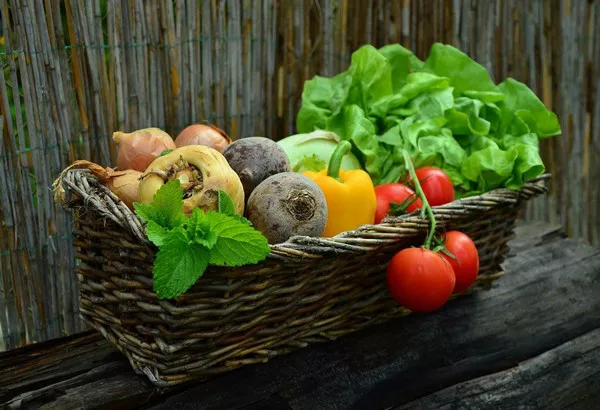Calgary, Alberta – Jack Lynch, a 22-year-old Calgarian, wanted to take his mom out for her birthday, but the escalating cost of living in the city has made such celebrations a luxury he can ill afford. Lynch, who has struggled with chronic anxiety since the age of 12, finds himself unable to work or engage in daily interactions with people.
Despite holding various jobs, such as a dishwasher, supermarket stocker, and security worker, Lynch’s anxiety has repeatedly overwhelmed him. “My anxiety will get too bad,” he explained, leading to a sense of letting down his employers. His predicament has been further exacerbated by the city’s affordability crisis.
Lynch, who receives $1,700 per month through Alberta’s Assured Income for the Severely Handicapped program, has tirelessly sought employment, applying to over 100 jobs with the help of a social worker, but with no success.
Apart from the stress of unemployment and the constant fear of homelessness, Lynch now faces another pressing concern: access to food. Rising prices have made essential items a challenge to afford. Lynch, who previously enjoyed a diet of chicken and egg whites with vegetables, has been forced to limit himself to a can of soup a day or a meal of Kraft Dinner due to soaring inflation.
His story is just one example of how surging prices have made food less accessible to vulnerable citizens in Calgary. Lynch is not alone in opting for cheaper grocery items, even if they sacrifice nutrition.
According to Dalhousie University’s Agri-Food Analytics Lab, over 50% of Albertans surveyed noted that they now prioritize cost over nutritional value more than they did a year ago. The study also found that over 70% of Albertans are concerned that compromising on nutrition may negatively impact their health.
The cost of grocery items in Canada has risen by 23% since 2020. In September 2022, yearly increases in food prices reached a 41-year high at 11.4%, despite an overall inflation rate of 6.9%. Consequently, approximately 23% of Canadians surveyed in a joint study by four universities reported consuming less than they should due to higher food prices.
In Calgary, 25% of residents struggle to meet basic financial needs, up from 19% in 2022, according to a survey conducted by the Calgary Foundation. Furthermore, 36% of parents admitted to skipping meals to ensure their children could eat, and whole families are going hungry.
The complex factors contributing to soaring food prices include disruptions to Canada’s food supply chain due to the COVID-19 pandemic, outbreaks in meat plants in Alberta, and inadequate worker protection, leading to labor shortages. Additionally, erratic weather patterns, such as droughts, have affected the production of grains, meat, and edible oils, further contributing to price increases.
While grocery giants like Loblaws, Sobeys, and Metro report record-breaking sales and profits, experts argue that the anger among consumers is justified. Despite claims that their profits primarily come from non-essential items like cosmetics, clothing, and financial services, critics argue that even if profit margins on groceries are low, the sheer volume of sales results in substantial profits.
Recent legislative actions, including the Grocery Code of Conduct and price freezes on food items, aim to address the affordability crisis. However, their effectiveness remains uncertain. Food banks, such as the Calgary Food Bank, have seen a 64% increase in daily users, highlighting the impact of rising food prices on vulnerable populations.
While cost-cutting measures are important, some experts suggest examining trade practices that have contributed to artificially low food prices. The percentage of income Canadians spend on food has been decreasing since the 1960s, but these calculations often exclude the “costs of health care from diet-related diseases, environmental impacts, or social injustices.”
Ultimately, it is people with lower incomes who bear the brunt of price fluctuations, and the authors argue that poverty, worsened by housing affordability issues and transportation costs, is the driving force behind food insecurity.
Efforts to address these multifaceted challenges are ongoing, but the root causes of food insecurity require comprehensive solutions.

